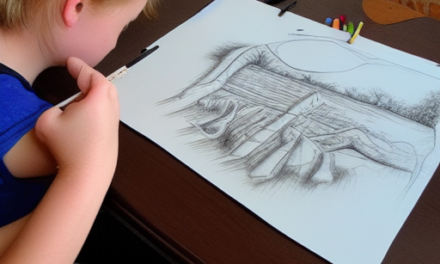For people with diseases and conditions that cause inflammation, a low starch diet can be an essential part of their treatment plan. Bacteria in the gut that feeds off of high quantities of starch has been linked to inflammation. By switching to a low starch diet, many people who experience inflammation or inflammatory conditions see a significant reduction in symptoms.
Beginning a Low Starch Diet
Beginning any new diet can be a challenge, and a low starch diet is no exception. Starches are found in many different foods: grains, vegetables, beans, and even fruits. Trying to avoid starches that are seemingly found in so many food items may seem daunting at first. However, some simple steps are all it takes to begin a low starch diet.
4 Steps to Cut Starch from Your Diet
1. Decrease the amount of grains and bread products you eat as much as possible. Products made from grains – breads, pastries, rice, pasta, potatoes – are a huge source of starch in our daily diets.
2. Eat plenty of vegetables and fruits, which contain high numbers of essential vitamins, minerals, and natural sugars that you need to keep your body healthy. Instead of a side of rice at dinner, have a side of leafy greens.
3. Know how to calculate starch: Look at the nutrition label on a food package. Next, see how many total grams of carbohydrates the food has. Then subtract the amount of sugar and fiber it has, listed directly under the carbohydrates. The result will be the starch content. Aim for a starch content in the low single digits.
4. Try to be patient, both with yourself and for the results. It’s not easy to switch to a low starch diet. But with some time you could see significant positive changes. Stick with it!












